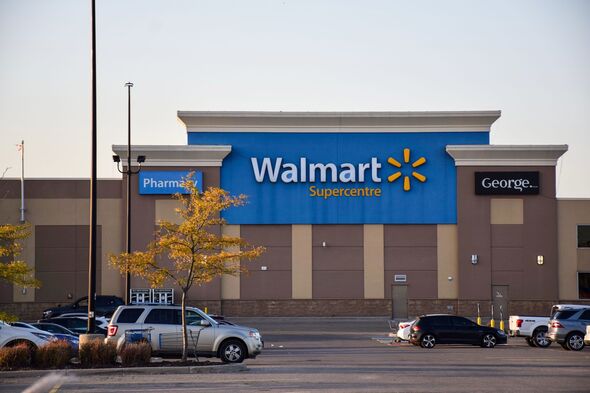Over the past decade, shops have introduced self-checkout to improve customer convenience.

Walmart shoppers want store to take on Target’s divisive new self-checkout policy before ‘customers replace the workers’ (Photo: Google)
Social Media Debates on Self-Checkout Policies and Job Concerns
Recent social media posts show differing degrees of anger with self-checkouts, with different establishments implementing different procedures. Target is known for its self-checkout policy, which limits consumers to 10 items in some areas. Some customers like this method, while others find it restricting and want Walmart to adopt similar regulations.
Customers can communicate their ideas via social media, notably X (previously Twitter). One commenter joked about the frustration of a full cart at self-checkout, citing the lack of a “15 items or less” criterion, which they assume is an attempt to reduce shop staff. Self-checkouts may cause employment losses when customers replace staff, leaving one person to manage many automated checkouts.
Auto-checkouts grew increasingly popular during the pandemic’s personnel shortages, but subsequent months have seen concerns that they may be stealing jobs. Users have complained that the technology is sluggish and glitchy, especially when handling more objects. Some social media users have called for self-checkout regulations like Target’s, which limit the quantity of products permitted for a faster transaction.
READ ALSO: State Budgets Navigate Financial Instability Amid Tax Cut Trends
Target’s Self-Checkout Policy Faces Mixed Reviews and Consumer Backlash
Target’s ten-item-or-fewer policy, tried at certain locations, had mixed reviews. Some applaud the attempt to decrease wait times and understand guest preferences, but others have rejected rapid checkout for exceeding the item limit. Some customers are unhappy with this arrangement, especially during busy purchasing seasons like Christmas. Target’s COO, John Mulligan, stressed the brand’s dedication to customer satisfaction, even if some consumers have threatened to quit over self-checkout.
Customers’ opinions on self-checkout will undoubtedly impact retail technology as the US enters an “inflection point” in its use. The retail automation debate asks how to reconcile convenience, job security, and consumer delight.

















































